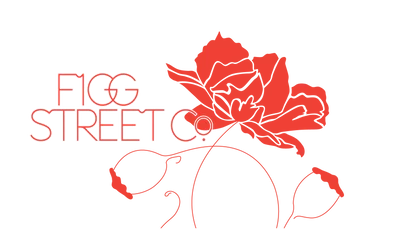Tuesday’s Tonic
Sign up for our newsletter below to receive treasured notes to your inbox each Tuesday morning.
Each edition features a host of fun anecdotal tidbits of inspiration and pleasurable reading.
The Royal Touch
The Victoria Day long weekend is coming up, in honour of Queen Victoria. Canada is also hosting King Charles III and Queen Camilla at the end of the month. If...
Meet My Sister, Jackie!
This Sunday is Mother's Day! Since I'm not a mother myself, I thought it would be fun to interview someone close to me who is: my little sister, Jackie! Jackie...
Purple Haze or Purple Rain?
Each spring, as the little bulbs break through the soil and bloom, one colour you're bound to see is purple! From crocuses to tulips and lilacs to rhododendrons, you'll be...
What on earth?
Today, April 22nd, is World Earth Day. When it comes to our precious planet, there are so many aspects that merit attention: water, sky, and soil. There are processes and...
What is April the 15th?
Today is April the 15th, World Art Day! It's also the birthday of Leonardo da Vinci, which isn't a coincidence. World Art Day was created a few years ago, the...
A Good Egg
Easter is only a couple of weeks away now, and I have to say, it's one of those holidays that can make me feel nostalgic. Perhaps you can relate to...
April Fools!
Has someone played a trick on you this morning? Or did you manage a gag on someone else? We won't be playing any tricks here; however, we do love laughter...
Spring into the shop for something new!
It's finally here, spring! Many consider this to be the most optimistic of seasons: hope, fresh, new, spontaneity, surprises and delights are a few words often used in association with...
Sense of craft
One of the little things in life that I enjoy is the texture of paper. It drew me to creating Figg Street Co. There's a pleasure in touching paper, feeling...
Have you ever seen a March hare?
The only March hare I've ever seen or heard of is the one from Alice in Wonderland. How about you? Does a March hare really exist? These are just a...
What's up, Doc?
When I was growing up, my siblings and I enjoyed our Saturday morning treat: watching Looney Tunes together! I loved hearing Sylvester the Cat attempting to say, "Thufferin Thuccotash"! All...
Once upon a time...
One of the things that connects all of us is our love of stories. Before we had movies, even before books, we had stories. Many popular fairy stories that still...

















